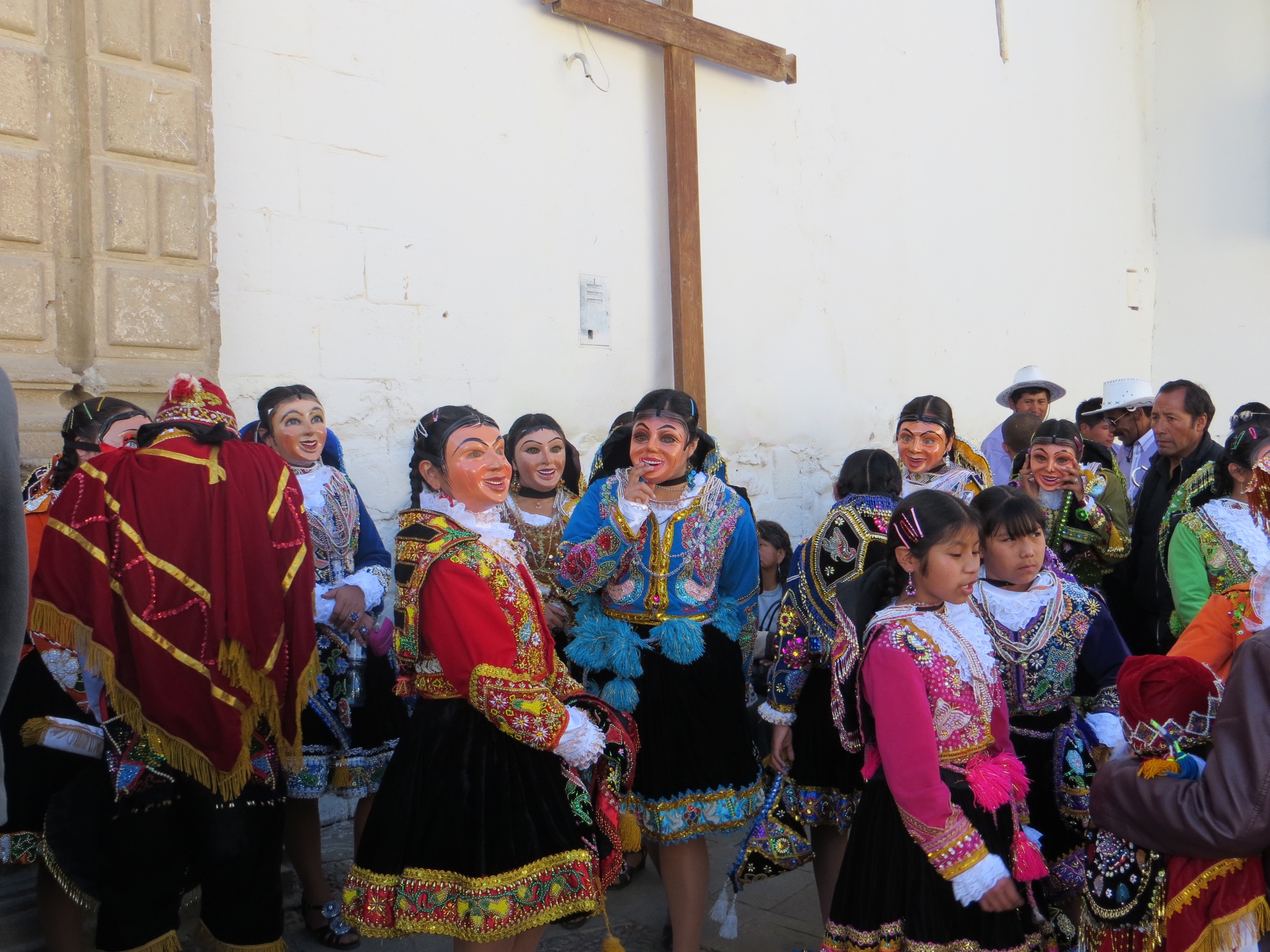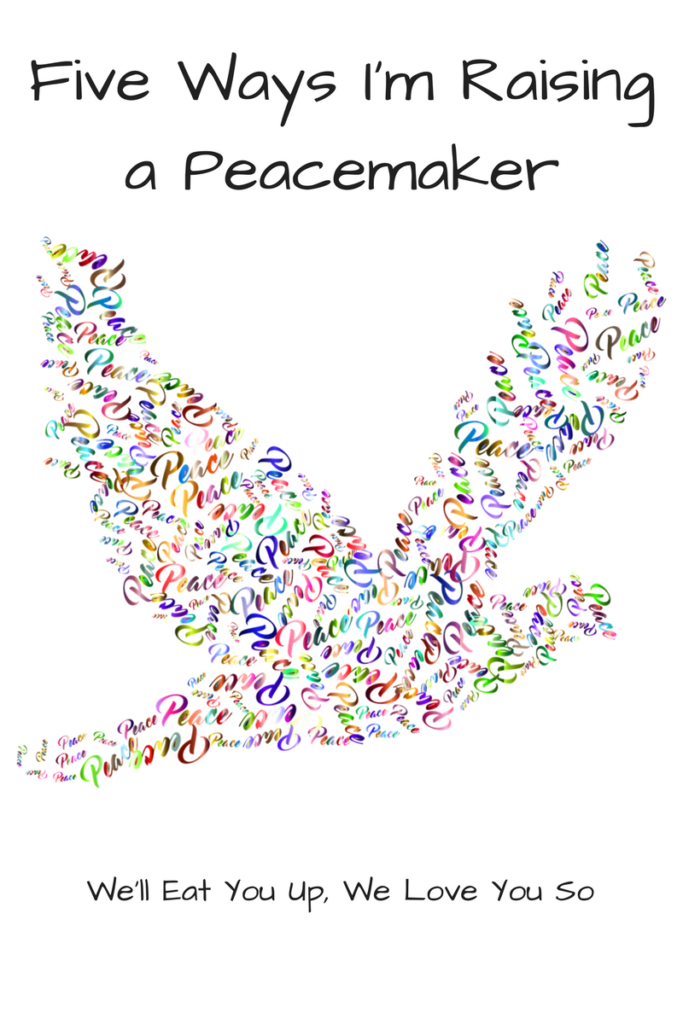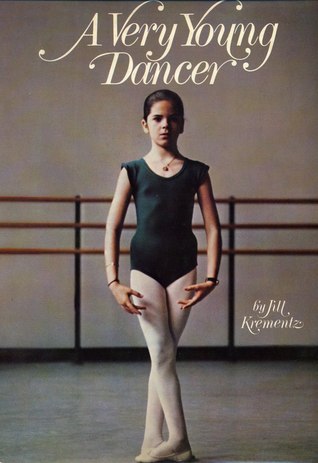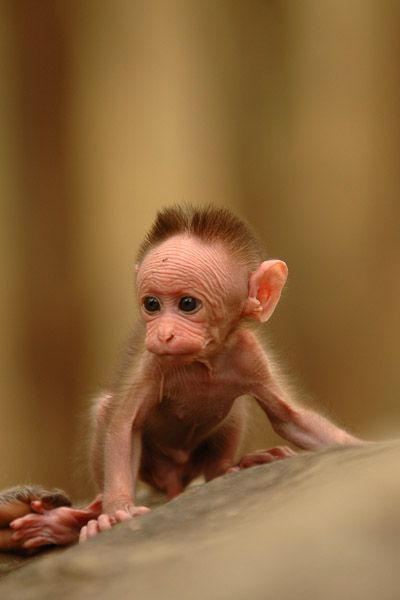Every year, the Smithsonian brings a little piece of somewhere else in the wide world to the National Mall. Although not well-known by tourists, the Smithsonian Folklife Festival is a fantastic event that I always look forward to attending. This year, the Festival focused on Peru, making for a slightly surreal but very satisfying experience, considering I traveled there just a few years ago.
While seeing my personal experiences laid out as exhibits was odd, I was so glad I could share them in a concrete way with Sprout. One of the main tents focused on the highland Peruvians’ yarn-dying and weaving traditions. On our trip, we visited a mountain village, where we saw the women making elaborately patterned scarves and blankets with traditional tools. I still have a scarf I bought there, made of intertwining strands of pink and blue llama wool. At the Festival, they had a more modern version of the set-up, using a portable stove. Inside stainless steel pots, red dye bubbled and produced billows of steam. Sprout loved looking into the pots, feeling the heat and smelling the odd odor of cochineal, a bug used to make brilliant red dye.
Similarly, there was a whole tent devoted to the Fiesta de la Virgen del Carmen de Paurcartambo, an amazing festival that we happened to attend through happy coincidence on our way into the Amazon basin. I had never heard of it before our trip; now I was reading a plaque about it on the National Mall! The costumes used in the festival are all bright colors contrasted with black, topped by detailed, grotesque masks that represent 13 different stories in Peruvian culture. Seeing the masks brought back memories of the little convenience store selling cheap plastic versions and the energetic dancers winding down the cobblestone street. Even though we didn’t get to see a dance demonstration, Sprout liked the bird-headed costume, probably because it was pretty obvious what it was.
Other tents highlighted parts of Peruvian culture we completely missed on our trip. Neon-colored posters with elaborately swirly writing were familiar to me, but until then I didn’t realize they were part of a specific art form called Chicha silk-screening that emerged from Cumbia amazónica concert posters. Nearby, an artist was filling in a giant version of the word Liberte over purposely painted graffiti on a huge wall. Afro-Peruvian music provided a soundtrack that I grooved to with Sprout hauled up on my shoulders. A radical radio station that promotes social justice issues in the context of native groups broadcast in both Spanish and English in the next tent over. Seeing the broad array of cultural and political diversity of the country that filled in some gaps in our trip made me value it all the more.
While we had little chance to talk to the people (I had to get back to work), one of the things I like the best about the Folklife Festival is that the staff members are actually from the country and culture being highlighted. They actively choose to share their lived experiences, both the positives and negatives. Unlike some exhibits that put cultures in a convenient little box, the Folklife Festival doesn’t shy away from the economic, social and cultural challenges people face. It also allows real conversations to take place, a cultural exchange that is often very difficult for people who face financial or other barriers to foreign travel. At a previous Festival, I chatted with a Welshman about the political aspects of my favorite band, who are from Wales. As I want Sprout to be exposed to a variety of people’s experiences and backgrounds, the Festival offers a unique opportunity to do so each year. Lastly, it offers an “in” to improve our understanding of our own community. We have a number of South American immigrants in our area, many of them from Peru. At our town’s Memorial Day parade, we saw groups wearing costumes very similar to those we saw on our trip and at the Festival. Whereas I would have just seen them as pretty costumes before, after our trip, I better understood their cultural context.
I wish I could have stayed longer and seen all of the exhibits, talk to the man fixing his fishing net or caught a dance demonstration, but I was so glad we could bring Sprout to the Folklife Festival. It was a really good reminder of why I love living close to the Nation’s Capital.







